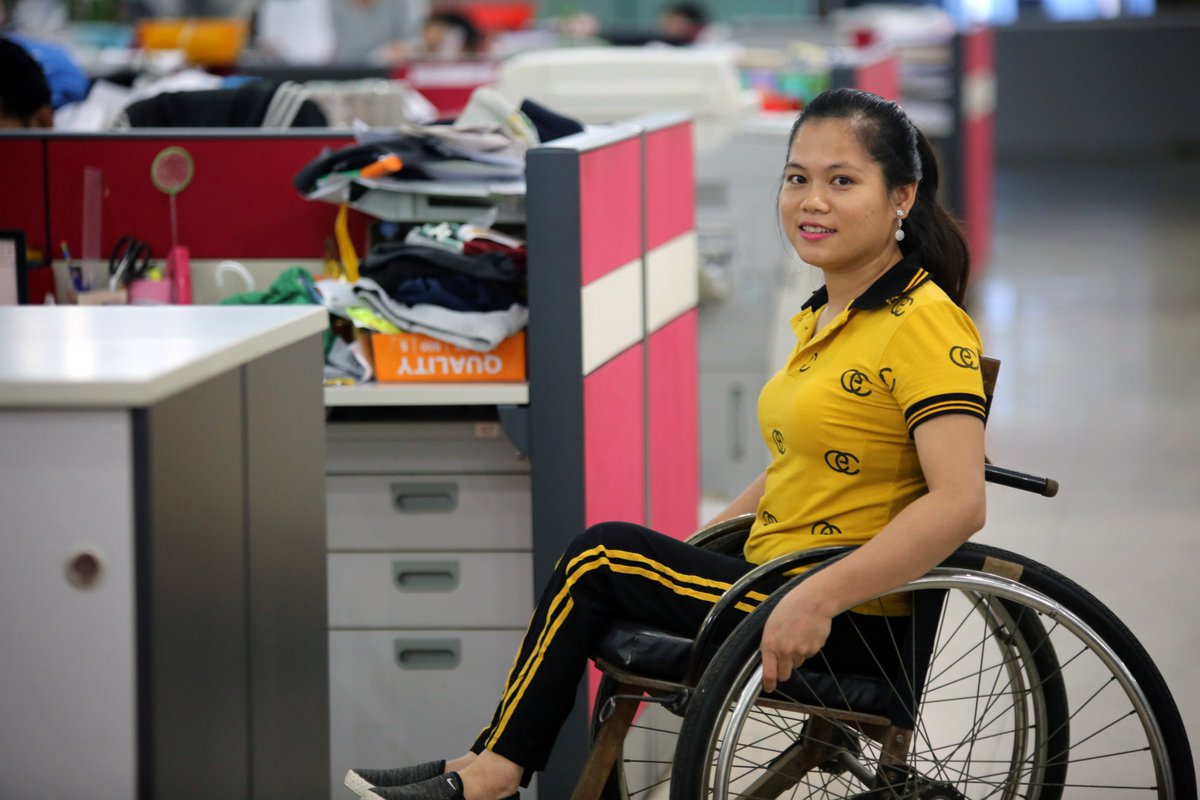Fundamental changes occurred in Eastern Europe in the early 1990s. They that influenced health sector reforms1 in Albania that resulted in the establishment of private practices in health care delivery, privatization of the pharmaceutical sector and dental care, and the introduction of mandatory health insurance.2
The European Observatory for Health Systems and Policies (the Observatory) reports that Albanian health care services are financed through a mix of taxation and statutory insurance, with the bulk of financing coming from the state budget. As noted above, public spending on health is much lower than in other southeastern European countries and in other upper-middle-income countries in Europe. The Observatory explains the interdependence among high OOP expenditure, low levels of public spending on health and weaknesses in coverage policy.
As reported by the World Health Organization4, health coverage in Albania is provided through the mandatory health insurance system administered by a single purchasing agency, the Mandatory Health Insurance Fund (MHIF), as described below:
For employees and other economically active people, entitlement to MHIF benefits is linked to the payment of contributions. MHIF covers around two-thirds of the population, and uninsured people are entitled to free emergency care, free basic health check-ups once a year, and free visits to general practitioners. They must pay out of pocket for all other health services, including medicines, diagnostic tests, and non-emergency specialist care. For insured people, the MHIF benefits package seems comprehensive. [General practitioner] visits, outpatient specialist visits, and inpatient care with referral are free at the point of use. The main gaps in coverage come from the exclusion of dental care for adults and from co-payments for outpatient prescribed medicines, medical products, and some diagnostic tests. Out-of-pocket payments mainly occur when people use private facilities or have to pay informally in public facilities. Informal payments are widespread, particularly for inpatient care, and are likely to impose a heavy financial burden on poorer households. … Around 8% of households are pushed into poverty or further impoverished after paying out of pocket (mostly for outpatient medicines) and 12% experience catastrophic health spending.
Health sector challenges includes the unavailability of certain health services outside the capital city of Tirana, the prevalence of informal payments and the burden of OOP costs on households, and the inability of state-owned health care providers to meet demand for drugs and supplies.5 Recent reforms stimulated public-private partnerships in the health sector, digitization of health records and implementation of e-prescriptions. The efforts of the ministry of health are also focused on the retention of health workers through increases in salaries and subsidized housing for health workers.
References
[1] Jonila Gabrani, Christian Schindler, Kaspar Wyss, Perspectives of Public and Private Primary Healthcare Users in Two Regions of Albania on Non-Clinical Quality of Care, PMC PubMed Central
[2] Maranaj Marku, Preliminary Analysis on Albanian Health System Financing and Corruption
[3] World Health Organization, Global Health Expenditure Database
[4] Florian Tomini, Sonila M. Tomini, Can people a!ord to pay for health care? New evidence on financial protection in Albania, World Health Organization
[5] Country information note, Albania: Medical and healthcare provision, May 2023



